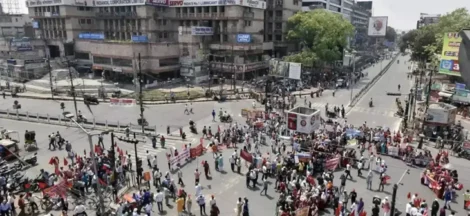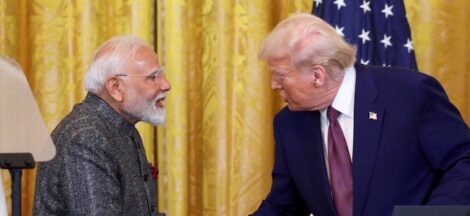India’s defence budget for 2012-13 confirms the Indian Army’s degeneration into a low technology, manpower-intensive force that spends most of it’s money on day-to-day running and salaries. On the other hand, the Indian Navy and Air Force fast turning into modern, space-age forces.
In real terms, the military’s modernisation budget is effectively reduced for the first time in decades if inflation and value of the sliding rupee is taken into consideration. R&D (research and development) expenditure was also slashed in real terms and this would guarantee India’s dependence on foreign weaponry.
Last year’s capital budget was $15.56 billion. This year’s capital budget (conservatively assuming an exchange rate of Rs 50 per dollar) translates into $15.91 billion.
The most worrying issue is the Army’s slow pace of modernisation. The Navy will spend almost twice as much in the coming years on force modernisation as it will on manpower and running expenses (capital spend of Rs 23,882 crore, vis-a-vis revenue spend of Rs 12,548 crore).
The IAF will be only slightly lower (capital spend: Rs 28,503 crore, vis-a-vis revenue spend of Rs 17,705 crore). In contrast, the Army will spend only Rs 13,803 crore (half the capital expenditure of the much smaller Navy and IAF); while spending Rs 78,114 crore on running expenditure (roughly four times as much as the IAF and six times more than the Navy).
The Indian Army has always been a manpower-intensive force, given India’s mountain borders. But it’s fighting capability will be seriously eroded if modernisation is choked by inadequate funding. The Indian Army badly needs new artillery, helicopters as well as new attack helicopters with day and night fighting capabilities. The Indian infantry also must be modernised urgently since it is on operational duty round the year.
The IAF has emerged as the biggest beneficiary of the capital budget. It will be signing a contract this year for 126 Rafale medium multi-role fighters. Normally, 15% of the overall price is paid at the time of signing. The total Rafale contract is expected to touch Rs 70,000 crore and the IAF will pay some Rs 10,000 crore this year, with the balance distributed over the coming decade. The IAF is also making annual payments for the earlier contracts for the American C-130J Super Hercules and C-17 Globemaster III transport aircraft. A contract could also be signed this year for 197 light utility helicopters, and for urgently needed trainer aircraft for rookie IAF pilots.
Similarly, the Navy is budgeting for the impending contract for Project 17A frigates that will be built in Mazagon Dock Ltd, Mumbai (MDL) and Garden Reach Shipbuilders & Engineers Kolkata (GRSE). It is also making annual payments for several ongoing warship programmes: Project 28 anti-submarine corvettes being built by GRSE; and Project 75 Scorpene submarines, and Project 15A and 15B destroyers being built at MDL. In addition, it is paying Boeing for the P8I Poseidon multi-mission maritime aircraft (MMA) that are being built in the US.
India has steadily increased defence spending in line with it’s economic growth but experts believe that the defence budget should be at least 3% of India’s GDP from the current 1.9%.


